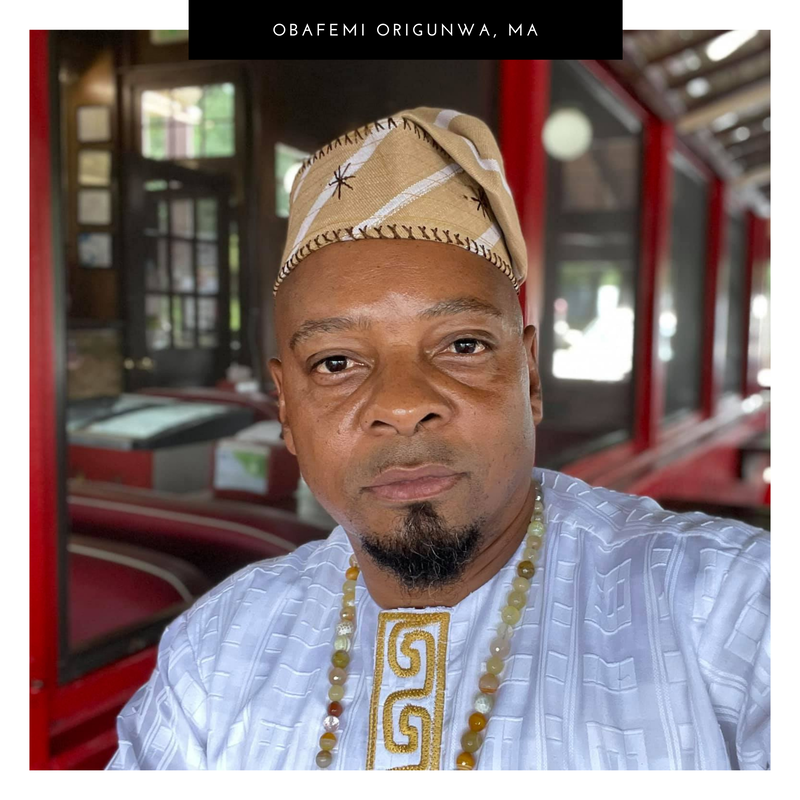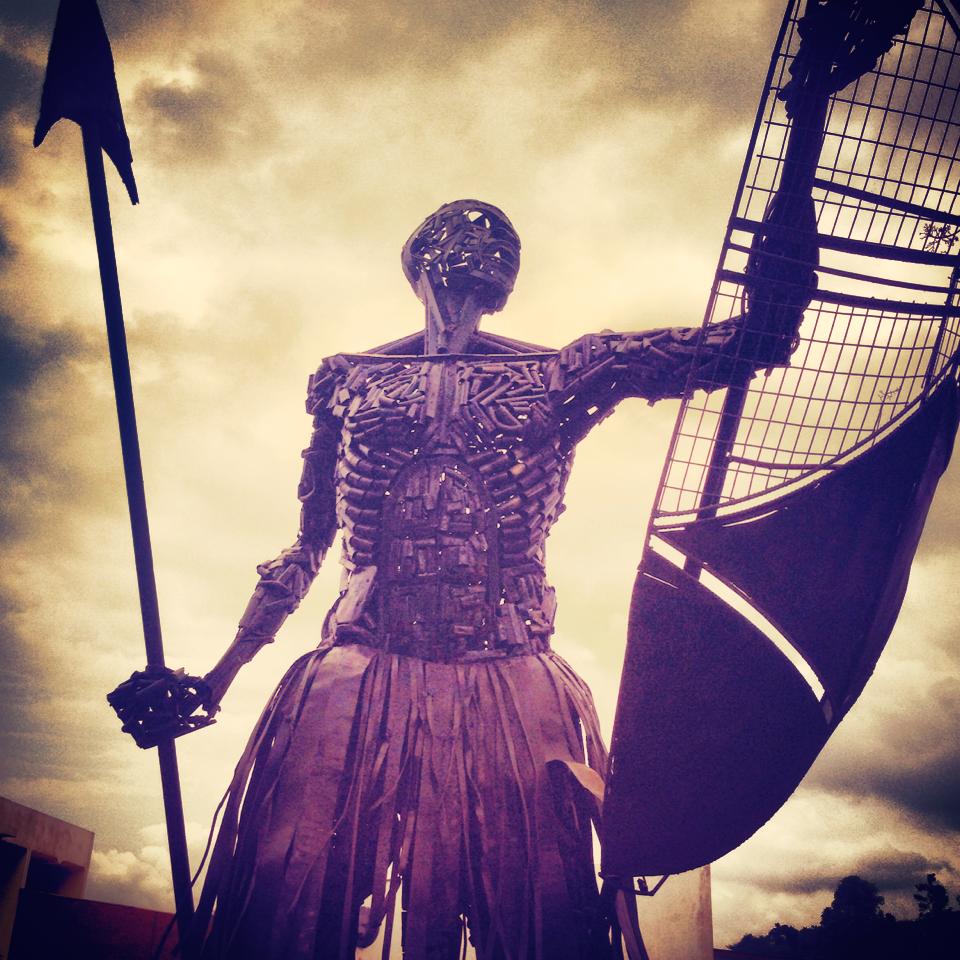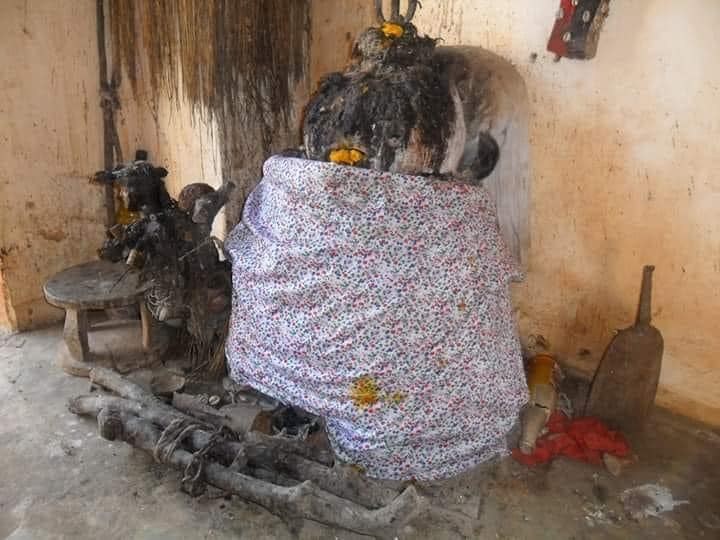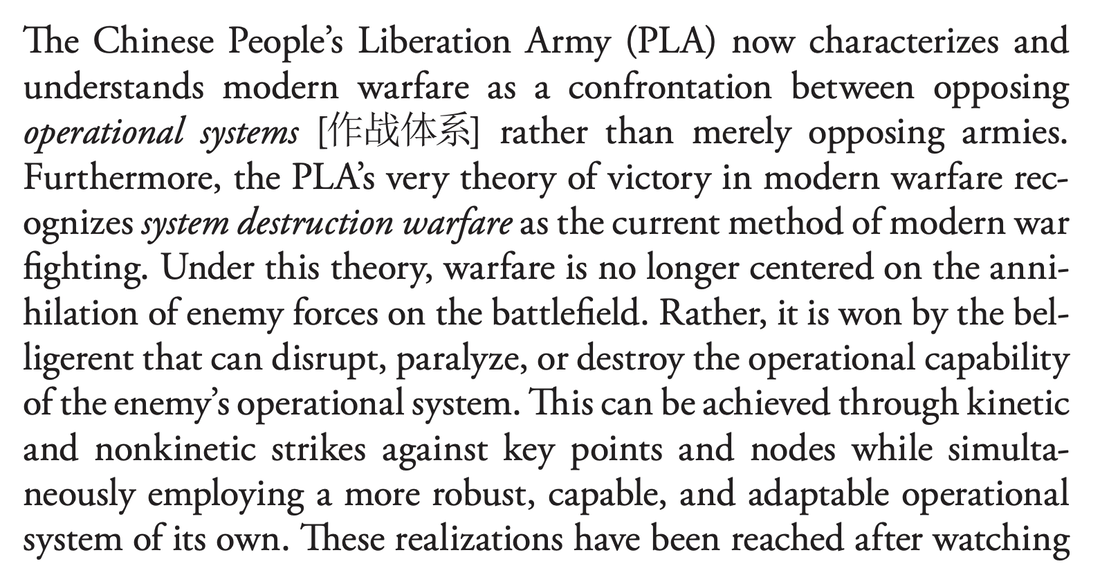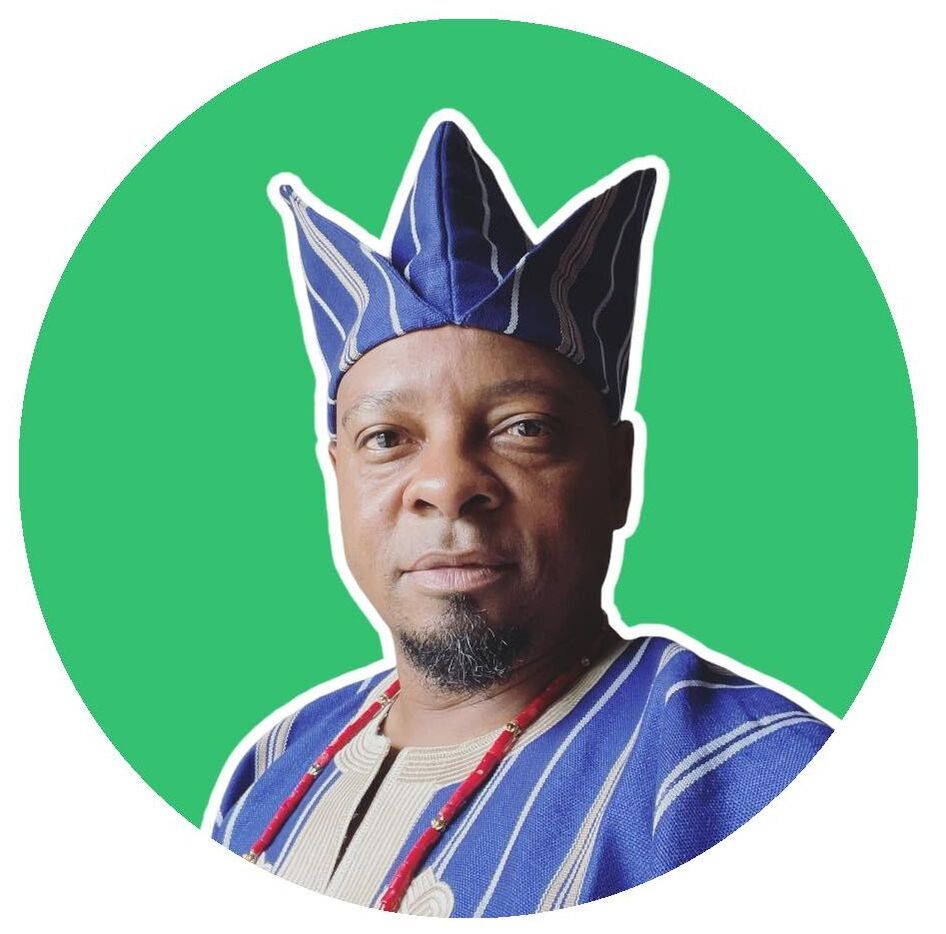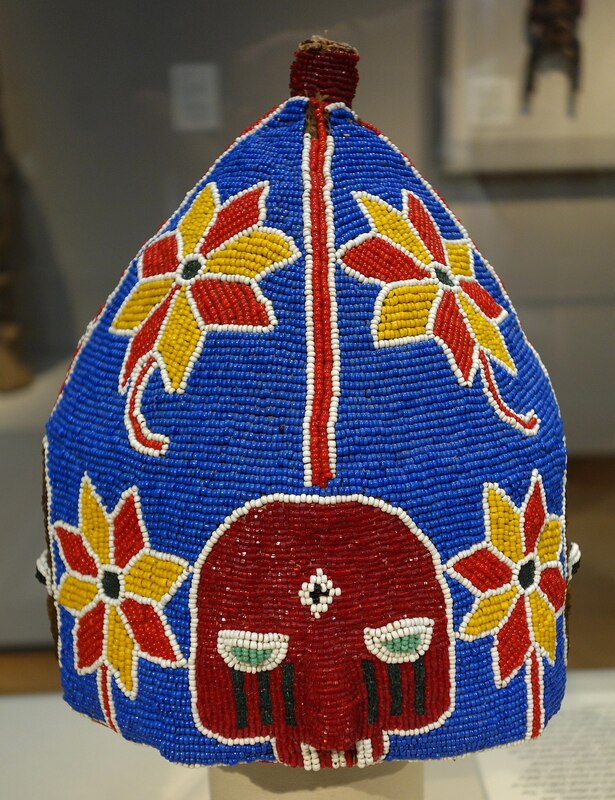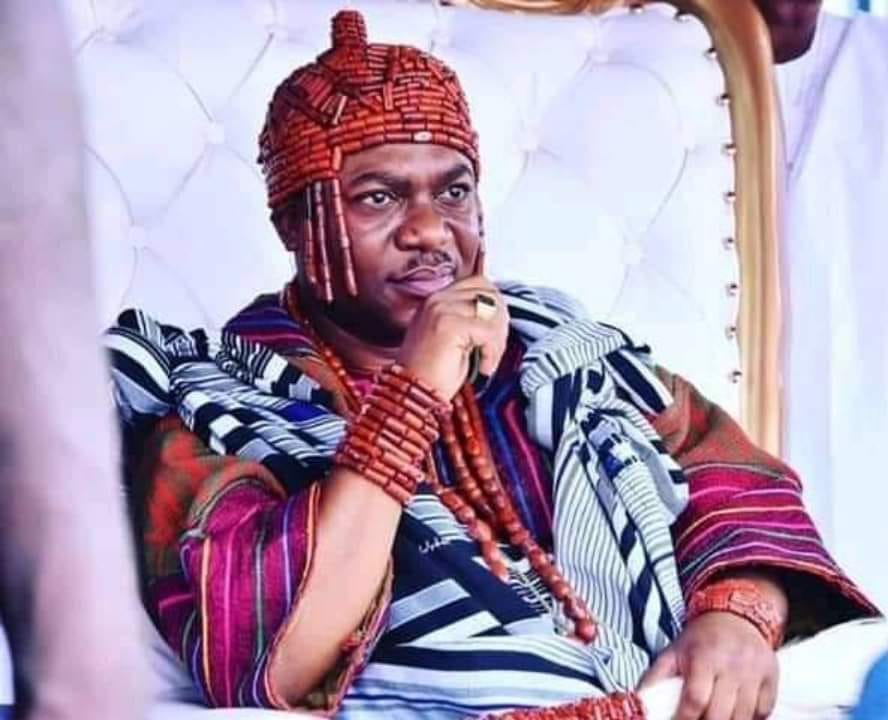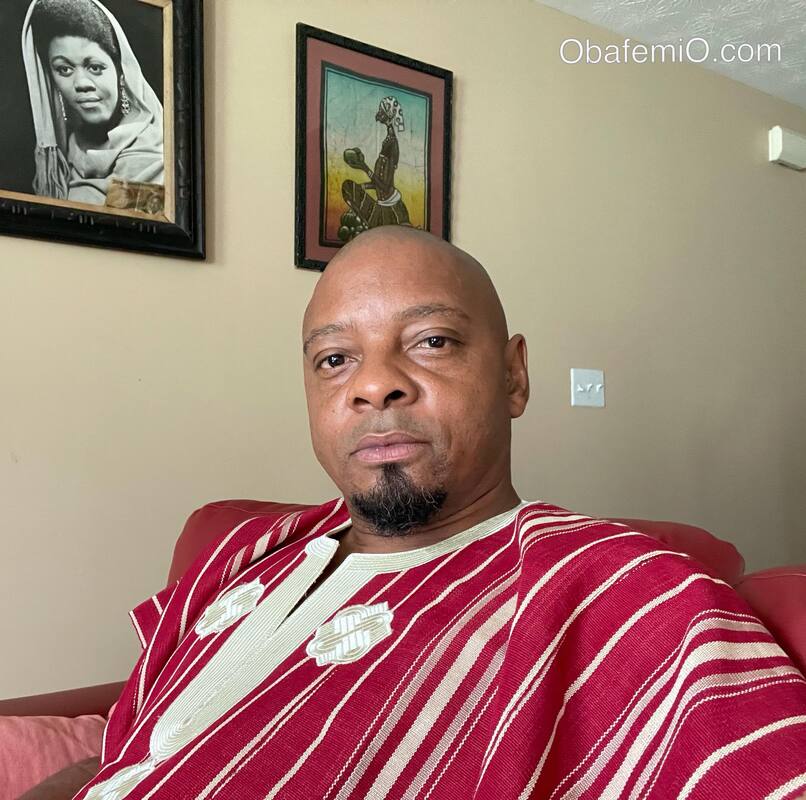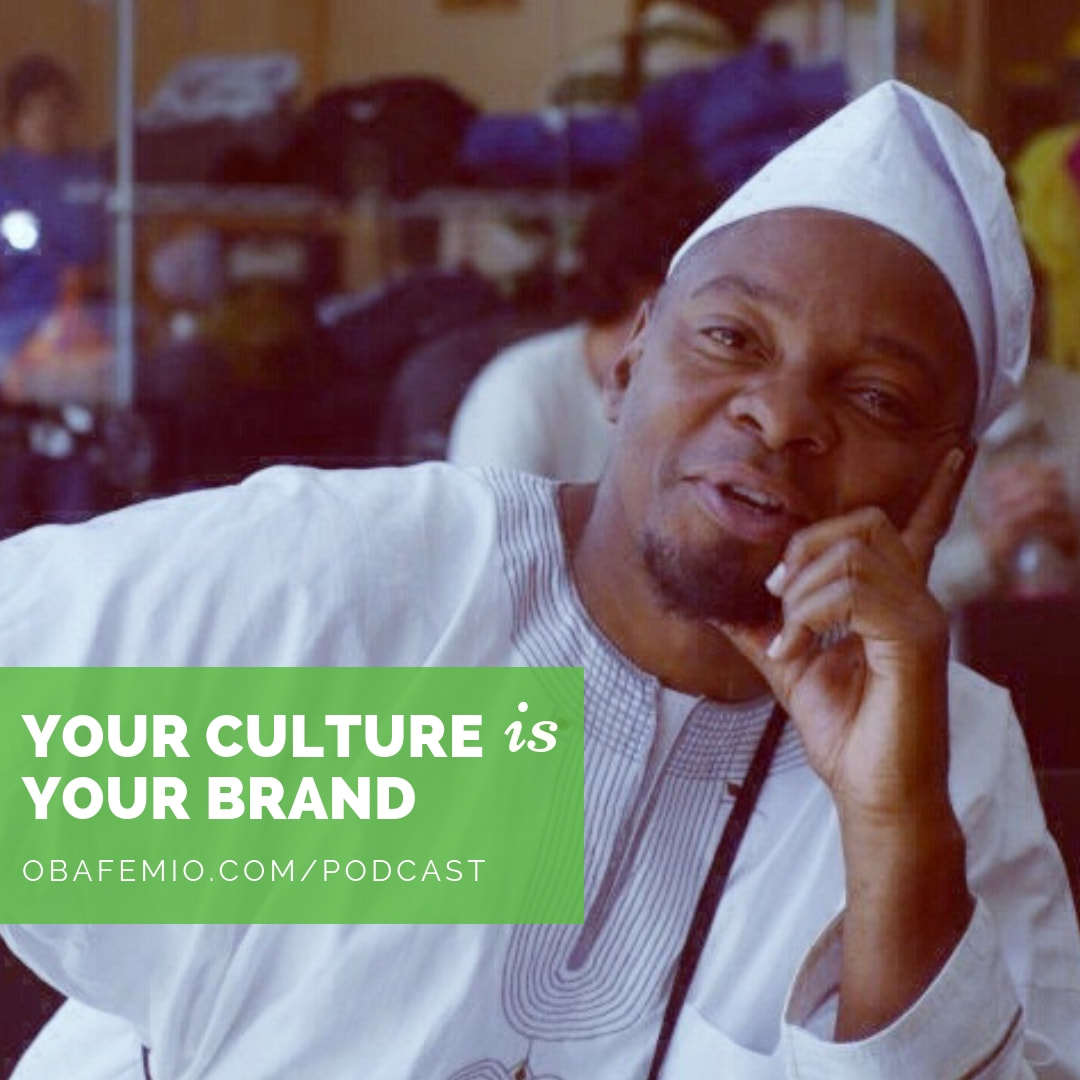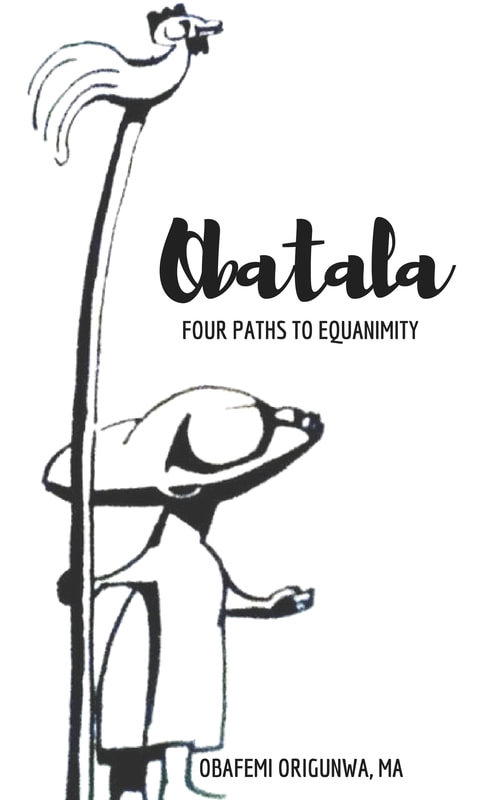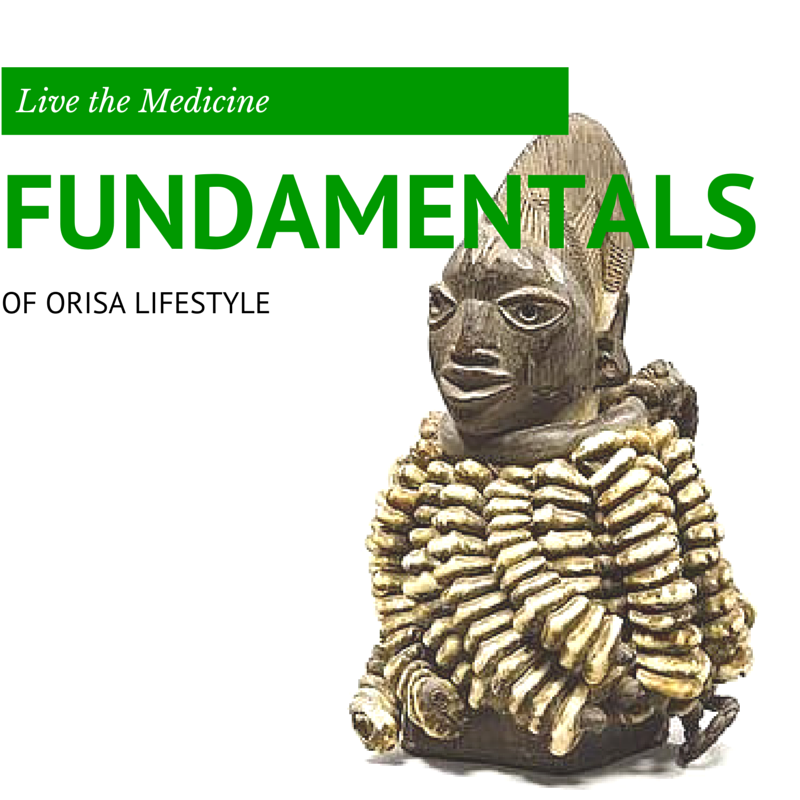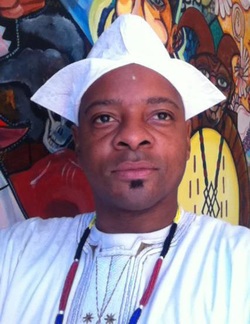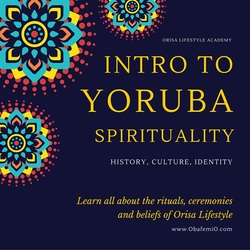|
THE WARRIOR KING The warrior king is celebrated for his unique ability to conquer on the battlefield and govern the state with equal acuity. The history of early Yoruba civilization is filled with epic tales of such kings, who had the courage, determination and military skills to dominate otherwise fragmented collections of villages and towns. In fact, the most highly-revered orisa were renown warrior kings. Ogun, Sango and Obaluiye were all skilled in battle, as well as statecraft. As such, it is impossible to fully venerate these divinities without also embodying their military and political prowess. Let's examine the exploits of the 19th century warrior king, Esubiyi, whose rise to power reveals three distinct phases of dominance demonstrated by other warrior kings of Yoruba land. PHASE ONE: TAKING THE CROWN Esubiyi was a man of exceptional birth. His father, Onimogun, was a renowned babalawo, hunter and herbalist who belonged to the royal family of Ikole. Onimogun went on to settle in Iye kingdom. There, he divined for the king, telling him that the princess was barren, which would cause her husband to reject her. When this manifested, Onimogun took the princess to be his bride. She bore him many children. One of these children would distinguish himself from all others, however. Tradition says that the princess of Iye was pregnant for seven years, which eventually prompted her to go to the Esu shrine of Ijelu town. There, she propitiated Esu for a safe delivery. Eventually, she gave birth to a son with a full set of teeth. The boy was named Esubiyi, which means, "Esu gave birth to this one." Esubiyi grew up to become an accomplished herbalist, babalawo and warrior, like his father. By the year 1860, he had earned a reputation for being a great war chief who effectively defended the northeastern region of the Ibadan empire. In his rise to power, Esubiyi would eventually seize the throne of Ayede kingdom and establish a new ruling dynasty. During the Yemoja festival, Esubiyi went into the sacred grove, where a crown had been hidden. Recognizing the sacred object and the power it symbolized, Esubiyi was drawn to it. Not only that, he put the crown upon his head. As soon as he did so, his followers praised him, "Kabiyesi, Ata Ayede," which means, "Your royal highness, king of Ayede." By 1878, the warrior king, Esubiyi would conquer many surrounding towns, including Irele, Ipao, Oke Ako, Ogbe and Omu. These towns became subordinate to Ayede and were forced to provide labor, building materials and agricultural products. During Ayede's Orisa festivals, for example, the subordinate towns were required to provide palm oil, palm wine, yams, kola nuts and other sacrificial items. PHASE TWO: SUPPRESSING CIVIL TRADITIONS As soon as Esubiyi took the throne of Ayede, he set out to completely rearrange the population and social order. On one hand, he brought the entire population of Iye with him, and imposed Iye's four quarters onto Ayede:
Simultaneously, Esubiyi accepted large numbers of strangers and refugees from other neighboring kingdoms. This required the creation of two new quarters, which surrounded the Iye core. In this way, Esubiyi virtually absorbed the indigenous population of Ayede. More importantly, Esubiyi deliberately suppressed Iye's dominant civil chieftaincies, replacing them with his own military positions and strategically recruiting strangers into offices of political authority. An Iye chief, whose title had been revived in Ayede describes Esubiyi's statecraft: He purposely refused to resuscitate all chieftaincies we had in Iye. He had no council of chiefs. He had a council of war chiefs and he made sure he had a majority of these chiefs selected either from his household, or from the stranger elements... PHASE THREE: LAUNCHING SPIRITUAL REVOLUTION Esubiyi's civil revolution made waves in the spiritual life of Ayede as well. In Iye, the entire kingdom had traditionally worshipped Orisa Olua, who revitalized the power of the Olu (king). In Ayede, however, Esubiyi limited Oluwa to Owaiye Quarter. He then elevated Orisa Ojuna and Yemoja to a position of primacy in Ayede kingdom. Esubiyi brought Orisa Ojuna from his paternal lineage and Yemoja from Ibadan. He used these deities to overwhelm the other religious practices in three ways:
POWER SYSTEMS
Esubiyi, the warrior king of Ayede, is a clear example of how power is acquired, maintained and expanded. By taking the crown, he legitimized his military expansion and conquests. Next, by integrating large percentages of diverse populations, Esubiyi destabilized potential contenders and set the stage for imposing a military administrative structure. Finally, by relegating the former religious order to a single quarter, he made it possible to elevate a spiritual practice that would favor his rule. Esubiyi's three phases of dominance demonstrate one way in which Orisa Lifestyle reaches its fullest expression to the extent that we, the devotees, apply the principles of Yoruba civilization in our day-to-day lives. NOTES: Apter, Andrew. Black Critics and Kings Origunwa, Obafemi. Fundamentals of Orisa Lifestyle The Yoruba say, "Not all men are created equal; let the fingers on your hand be your guide." In like manner, not all crowns are created equal. More specifically, there are three ranks of oba (traditional rulers) in Yoruba land:
Primacy, Patronage & Protection All three ranks of oba share certain attributes. Most noteworthy among them is primacy. For example, the Deji of Akure is praised as "Offspring of the leopard who strides unrestrictedly throughout the palace." This kind of praise lets us know that the oba is the principal occupant of the palace. Everything and everybody who dwells within the king's abode is meant to provide for his needs and comfort. For an artist, to serve at the king's pleasure is to enjoy access to the highest quality resources. This includes technology, equipment and materials. Weavers, bead workers and carvers were among the artists who worked and lived within the many courtyards of the palace. Drummers, singers and flautists were a special category of artists who spent time in the palace because they were responsible for awakening the oba to the sounds of praise poetry, song and dance. The palace provides the kind of structure and order that enables creative experts to focus on their crafts under the most comfortable conditions. In this way, the king is synonymous with patronage. Similarly, anyone in a vulnerable position could seek what is known as asa foriji (permanent refuge) within the walls of the palace. Upon arrival, such a person was required to announce their intentions. In Abeokuta, for example, someone seeking asylum in the palace would cry out at the top of their lungs, saying; "I kneel before you, oh king Alake! Save and deliver me!" Then, they would run to one of the pillars in the main courtyard and embrace it tightly. Thus, these individuals were recognized as dipomu, pillar embracers. Once someone became dipomu, nobody could lay hands upon them. Hence forth, in exchange for his absolute protection, they were devoted to the king. Achievers, Supporters & Bystanders
Yoruba kingship and its palace culture represent a traditional power system. Like all power systems, it is designed to conduct energy from one place to another. In this case, Olodumare is the source of royal power and the various courtyards function as outlets through which energy flows into those who inhabit the palace, the most important of whom is the oba. Anybody who aspires to greatness gravitates toward the king, whose presence is synonymous with achievement. It is by supporting the king that the most talented and ambitious members of the society distinguish themselves from those who are less productive, as well as those who are actually destructive. In the Holy Odu OgbeOfun, Ifa teaches us how, in the same way there are categories of crowns, there are also categories of people: Ajitu gbaye Arin ginniginni gbayi Oji ni kutu kutu r’ohun oro sari gbon lo orun They cast Ifa for Orunmila When coming to the earth They also cast Ifa for the human beings When coming to earth They were divided into three groups: The Achievers Those who accompany the achievers And the bystanders They were also coming to do three things on earth They were coming to do good They were coming to do evil They were coming to do neither good nor evil Aase-Moga-Moga ki i ri ohun oro se aringbo lo He was the Awo who Cast Ifa for Agboniregun When going from earth to heaven to make inquiries from Olodumare Why would Olodumare create three groups with Three distinct characters at the same time? These groups that exhibit different traits will not be able live together without friction With friction, someone is bound to get hurt Olodumare responded that it was a way of knowing human attitudes - Holy Odu OgbeOfun And so, Ifa reveals the fact that this world is designed to test humanity. By placing different categories of people together, Olodumare intends for leaders to identify the achievers, supporters and bystanders. Likewise, we are called to recognize those who stand for good, those who stand for evil, and those who stand for neither good nor evil. Finally, the greatness of the kingdom is realized through kings who are committed to achieving excellence by attracting other achievers and supporters who are destined to do good. I am looking for leaders who are devoted to improving the world through positive influence. Is that you? If so, find out how Obafemi Origunwa and the Orisa Lifestyle Academy can help you upgrade your life and your practice. Learn more: ObafemiO.com Notes: Ojo, G.J.A. Yoruba Palaces Origunwa, Obafemi. Fundamentals of Orisa Lifestyle THE KING, POWERFUL AS AN ORISA
The Yoruba practice divine kingship, through which the monarch is recognized as a living representation of the Orisa. Consequently, the king enjoys absolute authority. He owns the land and all who dwell upon it. Whatever the king demands is what shall be done. In Oyo Kingdom, for example, Alaafin Odarawu ordered the destruction of a town called Ojo-segi simply because he was disrespected in the market by a trader there. As a result of his aggressive temperament, however, Alaafin Odarawu was subsequently dethroned. He was succeeded by Alaafin Kanran, who was an unmitigated tyrant. Next, there was Alaafin Jayin, who was effeminate and indecisive. He was followed by Alaafin Ayibi, the cruel and arbitrary Then, there was Alaafin Osinyago, the worthless. [1] THE POWER OF EMOTIONS When I contemplate the lessons learned from the four failed kings mentioned above, one thing becomes clear; a leader who lacks emotional maturity will create universal chaos in his home, organization or community. Stated differently, when you learn to manage your emotions, you improve the quality of your energy. The goal is simple; no matter what is happening in your environment, your vibration should remain consistent with excellence. This is only possible to the extent that you are properly managing your emotions. In order to manage your emotions more effectively, you must get into the habit of being aware of how you feel at various points of the day. Maybe you're especially anxious about a weekly meeting. Perhaps a certain project or member of your team is causing you a lot of insecurity. What ever the case may be, the first step toward total empowerment and effective leadership is to recognize the power of your own emotions. Most people are already aware of the fact that they perform better when they are experiencing positive energy. But what happens to your performance when you're feeling anything other than positive energy? "Confronted with relentless demands and unexpected challenges, people tend to slip into negative emotions - fight or flight mode - often multiple times in a day. They become irritable and impatient, or anxious and insecure. Such states of mind drain people's energy and cause friction in their relationships." [2] As a king, irritability, impatience, anxiety and insecurity are strict taboos. Thus, any monarch who lacks emotional maturity will fail miserably. LIMITS OF POWER During the 17th century, Oyo Kingdom was plagued by a succession of failed monarchs. This meant that the political leadership of Oyo kingdom had to be busier than ever, dethroning one king and replacing him with another. More precisely, the Oyo Mesi, the council of kingmakers, managed political succession in the face of ongoing instability. When the king lacks emotional maturity, the council of kingmakers will do what they can to balance his energy. When balance cannot be achieved, the kingmakers will invoke the ritual of sì ìgbà àwo. "For someone to sì ìgbà àwo means he open the calabash of death. He voluntarily leaves this world. This is common among the kings and warriors or powerful people in the olden days. Many kings did that voluntarily or by force when their time on the throne failed to bring peace and harmony." [3] The Oyo Mesi use the sì ìgbà àwo ritual to regulate the negative effects of the king's emotional energy. Fortunately, there are other rituals that leaders can perform in order to manage their own negative energy. RITUAL EMPOWERMENT Orisa Lifestyle teaches us that energy flows through FOUR primary channels; physical, emotional, spiritual and mental. Here, I will share four simple rituals you can perform for defusing negative emotions. Ara: Physical Energy When negative emotions arise, one simple, yet powerful ritual is to engage in some form of physical activity; in the midst of high anxiety situations, it is acceptable for you to stop what you're doing to dance, take a walk, do some squats; anything that requires gross motor skills. "Because the physical body must support the entire duration of your spiritual mission, it must be maintained and conditioned accordingly... Furthermore, in the exact same way that the body is fundamental to personal existence, the body is also an archetypal symbol of collective consciousness. That is, the body represents that which is most personal and most universal at the same time. Consequently, when you explore the theology of Orisa Lifestyle, you will discover the various body parts as analogous to major principles of life." [4]s of life. Okan: Emotional Energy Another ritual that purifies negative emotions is to express gratitude. It can take the form of a spoken prayer, praising someone for a job well done or merely saying "thank you." "The more clearly you understand the relationship between your feelings and your performance, the easier it is to become inspired by your personal vision, values and goals. This is what we call eri okan, which means observation of the heart. It is akin to emotional intelligence. As you deepen your connection to ieri okan, you also develop empathy, or the ability to understand the feelings of others. As such, the virtuous cycle of emotion, performance and continual improvement cleanses your emotional energy, as well as your social presence. In this way, our hearts exchange emotional energy with one another, our families and our communities, including the ancestors." [5] Emi: Spiritual Energy This is perhaps the simplest, yet most powerful ritual you can perform when you're experiencing negative emotions and the energy they create. Just take a long, deep breath. Inhale into your stomach - not your chest - and release the breath slowly, for eight to ten seconds. Emi is is closely associated with the breath and the whole mechanism of breathing, which is its most expressive manifestation. However, while the fact that a man breathes is proof that emi is in him, the breath is not life itself. In reality, emi is causative of breath and so it is the breather; that which breathes in man. Emi belongs to the Olodumare. It resides in the lungs and is fed through the nostrils, just as the blacksmith's fire is fed through the twin openings of the bellows. [6] When you practice deep abdominal breathing, it induces a state of total relaxation that can reset your emotional energy. Ori: Mental Energy Finally, one of the most enduring rituals you can perform in the midst of negative emotions is to change the stories you tell yourself about who you are and what you represent. If you're like most people, when things don't go your way, you tend to play the role of the hapless victim. You blame other people or external circumstances for your hardships, failures and discomfort. However, there is a huge difference between the facts and how you interpret them. More importantly, your interpretation is largely based on your story. Stop talking about what people did to you. You are not a victim. Start talking about your decisions and how those decisions lead you to the place where you encountered certain experiences. You are a decision maker. Ori is the designator. It is responsible for your prenatal choice, which we call akunleyan. "Ori organizes mental energy, primarily through images that carry meaning, facilitate imagination and enable learning. Images provide frameworks for perception. We hold mental images of how we want to perceive ourselves and our environments. Similarly, we hold mental images of how we want to be perceived by other people. [7] The mental images are brought to life by your stories. If you truly intend to heal your life, start with your stories. In the same way that the Oyo Mesi regulate the king's power, these four rituals can help you neutralize your negative energy. BASORUN GAA, THE TYRANT Sometimes, it is difficult to manage our emotions in the midst of negativity. We start off with good intentions but get swept up in petty feuds or trivial pursuits. We get greedy. We become fearful. Our internal contradictions get the best of us. We fail. As fate would have it, Basorun Gaa was the head of the Oyo Mesi during Oyo's tumultuous time. In the process of supervising and executing the death of four Alaafins in quick succession, he became exceedingly powerful. Above and beyond his political influence, Basorun Gaa was also known to possess great spiritual power; for example, he could shape shift into any animal at will. As the Basorun of Oyo, Gaa's duty was to fight tyranny. Unfortunately, he became a feared tyrant himself. That is, he hijacked the political and economic power of Oyo kingdom. Basorun Gaa aided and abetted crimes committed by members of his household, including murder. He had his wife's entire family massacred when some of them attempted to poison him. Power drunk, Basorun Gaa became a classical tyrant. In the end, however, Basorun Gaa was tied to a stake at Akesan market, where Alaafin Abiodun ordered that every citizen cut a piece of flesh from his living body and drop it in a huge fire in front of him. Upon his death, the remains of his body were burnt to prevent his reincarnation. Gaa's public execution is the basis of a popular saying in Yoruba land: “Bi o laya ko seka, sugbon bi o ba ranti iku Gaa ki o so oto”. “If you are brave, venture into wickedness, but if you remember Gaa’s death, adhere to the truth”. [8] It means, successful leaders must be upright or face dire consequences. I am looking for leaders who are dedicated to improving the world through positive influence. Is that you? If so, visit ObafemiO.com and find out how Obafemi Origunwa and the Orisa Lifestyle Academy can help you take your life and your practice to the highest level. [1] Sherif, Oshin. Bashorun Gaa: Oyo-Ile’s Unforgotten Tyrant And His End [2] Schwartz and McCarthy. Manage Your Energy, Not Your Time. [3] Okemuyiwa, Lanre. Personal communication. [4] Origunwa, Obafemi. Fundamentals of Orisa Lifestyle. Pg 29 [5] Origunwa, Obafemi. Fundamentals of Orisa Lifestyle. Pg 36 [6] Origunwa, Obafemi. Fundamentals of Orisa Lifestyle. Pg 38 [7] Origunwa, Obafemi. Fundamentals of Orisa Lifestyle. Pg 40 [8] [1] Sherif, Oshin. Bashorun Gaa: Oyo-Ile’s Unforgotten Tyrant And His End |
Live the MedicineObafemi Origunwa, MAThought leader, Ifa priest and author of four definitive books, Obafemi Origunwa inspires metamorphosis through living the medicine that will heal your life and heal the lives of the people you're destined to serve. 
Raise Awareness

Internalize Principles

Embody Truth
|
